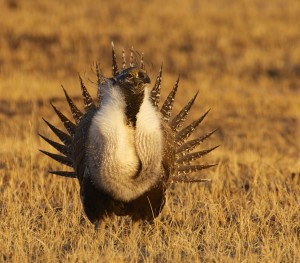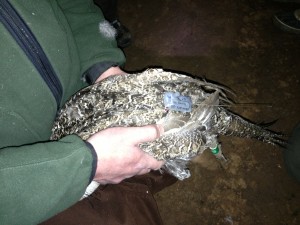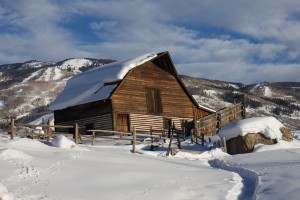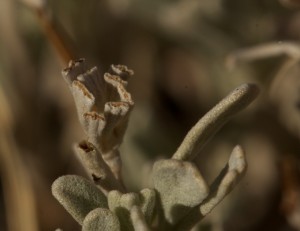Science is sometimes slow- case in point our recently published paper on left-right side biases in social behaviors in the sage grouse. The idea for this paper first surfaced in 2010 at the International Ornithological Congress in Campos do Jordao in Brazil. Gail and I saw a couple of plenary talks related to visual fields and left/right biases. From that we had a year or so of data collection from our videos, then about 2 years of cycles of submitting a manuscript, waiting for reviews, revising, resubmitting, etc etc etc. Feels great to finally have this out!
Thanks again to Emily, Michelle, Jennifer and Tawny who were undergraduates who helped figure out how to sample and measure the side biases, and Melissa (former Masters student) who spearheaded our collection of agonistic behaviors.
Abstract:
Lateral biases in behaviours are common across animals. Greater laterality may be beneficial if it allows for more efficient neural processing, yet few studies have considered the possible importance of indi- vidual variation in lateral biases in wild animals, particularly for social behaviours. We examined lateral biases in lekking greater sage-grouse, Centrocercus urophasianus, a species in which males show lateral orientations during aggressive encounters and courtship interactions. For aggression, we found no sig- nificant lateral bias in fights, but when examining another agonistic behaviour, the side-to-side facing- past encounter, we found a left-eye bias but only in males that successfully mated with females. For courtship behaviour, we found that successfully mating males were more strongly lateralized than nonmating males, but the direction of laterality depended on whether males were using their binocular frontal field (left-eye bias) or monocular lateral hemifield (right-eye bias). Bias depended on social context as well; nonmating males showed a bias in courtship orientation only when far from the female. Our results reveal a complex pattern of laterality depending on the mating success of the male, his behaviour and the social environment in which he is acting. We found support for the hypothesis that greater laterality may be beneficial, although the mechanism for this relationship in this species remains unknown.




